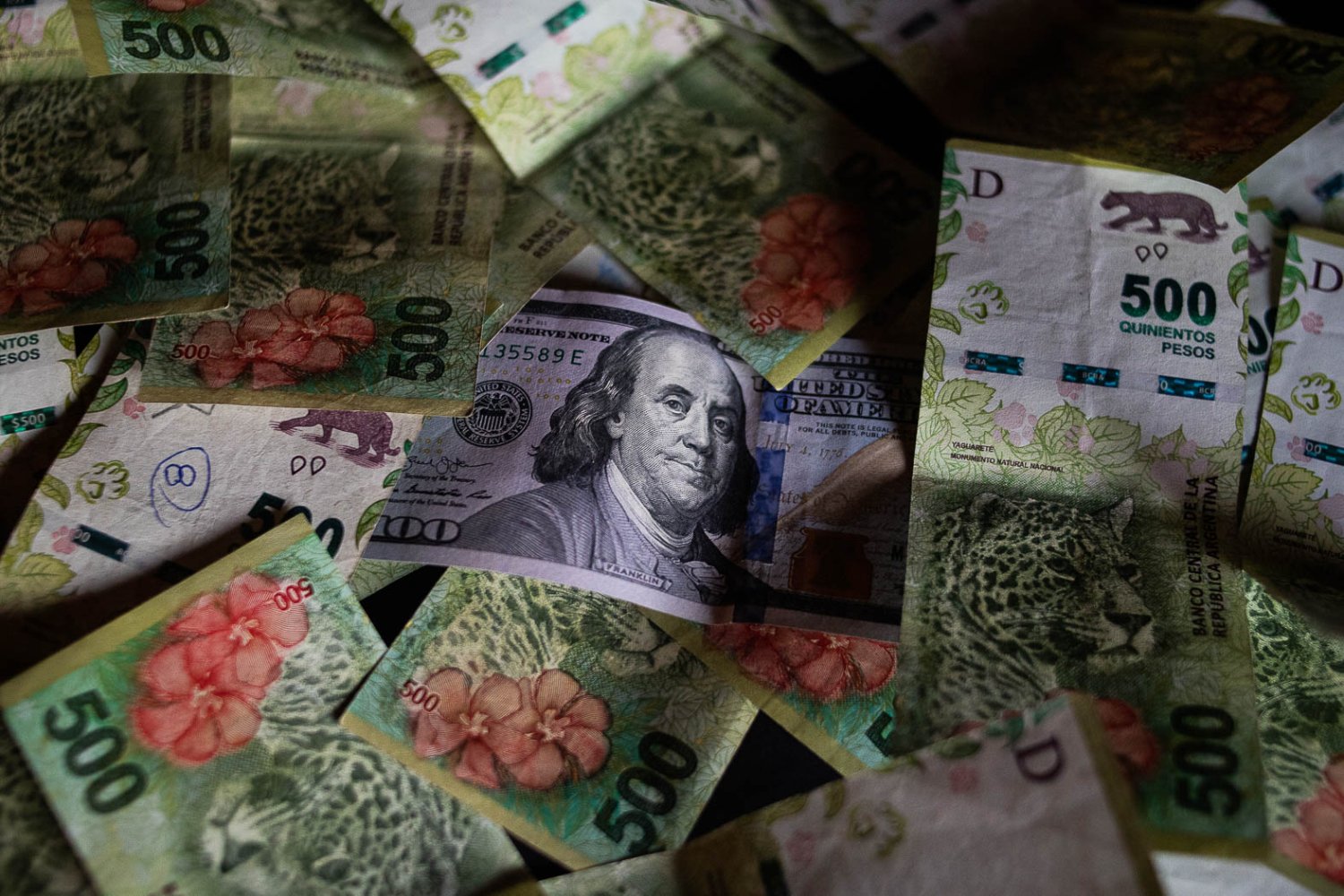
Through a statement, the Central Bank of the Argentine Republic (BCRA) announced that it “approved today a set of regulations aimed at promoting currency competition with the aim of allowing people and businesses to use the currency they want in their daily transactions.”
The advertisement implies that starting February 28 businesses will be able to collect payments in dollars through debit or QR cards. Credit cards are excluded due to the prohibition of making loans in dollars, however, a system called “Programmed DEBIN” would be enabled through which businesses could charge in different installments, both in pesos and in dollars, as long as for That does not require bank financing.
In other words, in order to pay in dollars (or the business collect it) the client must have dollars in the account, but also, they must have an incentive to part with their dollars. Today, there are few dollarized transactions, mainly real estate.
“In order for businesses that want to accept payments in dollars with debit cards to be able to do so, the BCRA ordered that acquirers and subacquirers (the companies that mediate between the business and customers to process payments) develop and make available the necessary tools for this to happen before February 28,” indicated the BCRA. In the A8180 Communication The agency established that on February 28, “debit card payments in US dollars must be available for businesses that wish to accept this payment method.”
In the official story and media presentation, The government seeks to demonstrate that it is heading towards its much-mentioned “dollarization” of the economyimplying that this step is another example of a supposedly positive economic direction. The Minister of Economy, Luis Caputoannounced on social networks that “starting this Friday, businesses and companies will be able to publish the prices of their goods and services in dollars as well as pesos.” Although for that, the Secretary of Commerce would have to modify a resolution to allow it.
The measure is thus presented as progress towards “coin competition” y It gives rise to the idea that the economy would have solid foundations. But behind these measures there is another reality.
One of the objectives of the measures is to achieve that the laundering dollars are used for consumption and remain in the financial circuit. Precisely, to pay in dollars, debit cards must be linked to a savings bank in that currency. The CERA (Special Account for the Regularization of Assets) cannot be used for this purpose.those accounts created for laundering. Therefore, to pay in dollars, the funds will have to be transferred from the CERA to a common dollar savings bank.
The government needs dollars to strengthen reserves and requires that the dollars that came in through laundering are not withdrawn from the banking system. The BCRA has negative net reserves of more than US$6.5 billion and still must face heavy debt maturities.
Likewise, it seeks to reactivate the consumption of certain goods such as appliances or cars, which could be more attractive for transactions in dollars, to rebound economic activity in the election yearl.
However, Who has dollars? Working families hardly manage to make ends meet and even more so to accumulate some savings.. A household needs about $1,616,148 to cover minimum consumption for the month, but despite having two or three jobs, it is very difficult to accumulate that amount, given the profound deterioration in wages and income that has been going on for years.
The “free use” of currencies or free competition does not truly mean freedom to live, to be able to access the minimum means of life for food, health, education, recreational time, personal development. The government worsened the living conditions of the majority in favor of the rich and a few concentrated sectors, and tried to embellish the adjustment under the idea of a “freedom” that only a few privileged people had access to.
Source: www.laizquierdadiario.com

